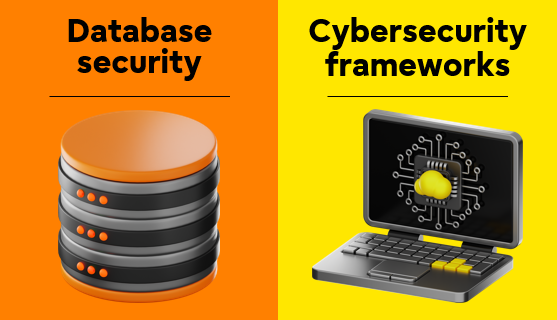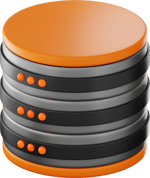The blog series will cover various topics, from basic security principles to advanced concepts, illustrating how database security fits within different cybersecurity frameworks and standards.
This educational initiative will be invaluable for Database Administrators, IT Security professionals, and anyone interested in understanding the complex landscape of cybersecurity and its application in database management.
You can subscribe to be notified of new blog posts such as these and other PostgreSQL-related posts by filling the form here, and stay tuned for this informative series, set to deepen the understanding of the crucial intersection between database security and overall cyber resilience.

Hey there, fellow database professionals! Today, I'm starting a series of chats (well, blog posts, really) about database security - why it's critical, how it's evolving, and why we, as database administrators, need to stay sharp and informed. Let's dive into the fascinating world of securing our data and see why it's not just about protecting bytes and tables but safeguarding the heart of our digital universe.
What is database security?
Before we jump into the deep end, let's set our baseline. Database security is all about protecting our data from unauthorized access and threats. It's not just about locks and keys; it's about building a fortress around our data. This includes everything from physical security measures to encryption, from user authentication to backup and recovery planning.
Why It's Important: Remember the massive data breach at Optus last year (I’m based in Australia)? That's a classic example of what happens when database security goes sideways. It's not just about losing data; it's about losing trust, reputation, and of course money.
Database security and cybersecurity frameworks
 Now, let's connect the dots between database security and cybersecurity frameworks. These frameworks, like NIST or ISO/IEC 27001, are like our guiding stars in the cybersecurity universe. They provide structured approaches, best practices, and benchmarks for securing our databases.
Now, let's connect the dots between database security and cybersecurity frameworks. These frameworks, like NIST or ISO/IEC 27001, are like our guiding stars in the cybersecurity universe. They provide structured approaches, best practices, and benchmarks for securing our databases.
 Real-World Application: Let's take the NIST framework. It emphasizes identifying, protecting, detecting, responding, and recovering from cybersecurity incidents. Each of these pillars is crucial in our database security strategies. Whether it's about identifying the value and exposure of the information stored in our databases, protecting it through encryption and access controls, detecting unauthorised access, responding to security incidents, or recovering lost data, it all circles back to how well your database is secured.
Real-World Application: Let's take the NIST framework. It emphasizes identifying, protecting, detecting, responding, and recovering from cybersecurity incidents. Each of these pillars is crucial in our database security strategies. Whether it's about identifying the value and exposure of the information stored in our databases, protecting it through encryption and access controls, detecting unauthorised access, responding to security incidents, or recovering lost data, it all circles back to how well your database is secured.

By weaving together all five pillars of the framework, organizations not only build a solid defense line but also craft an adept strategy for handling and lessening the impact of any security breaches. This comprehensive strategy highlights the reality in cybersecurity: it's not about if an attack will occur, but when. Thus, being prepared in every aspect of this framework is not just beneficial; it's critical for staying resilient against cyber threats.
In summary
 We're just scratching the surface here. In the upcoming posts, we'll explore each aspect of database security in more detail, from the nitty-gritty of encryption techniques to the strategic implementation of features to boost our cybersecurity frameworks.
We're just scratching the surface here. In the upcoming posts, we'll explore each aspect of database security in more detail, from the nitty-gritty of encryption techniques to the strategic implementation of features to boost our cybersecurity frameworks.
Next on this series
The next step would be to understand the various security roles within an organization, and how they work to keep your data secure. And that is the topic for the next installment of this series.
Stay tuned and don't forget to subscribe to be notified of new posts. Let's make our databases not just storage units, but fortresses!


 Our team is further extending its commitment to database security education through a new blog series featured right here.
Our team is further extending its commitment to database security education through a new blog series featured right here.


